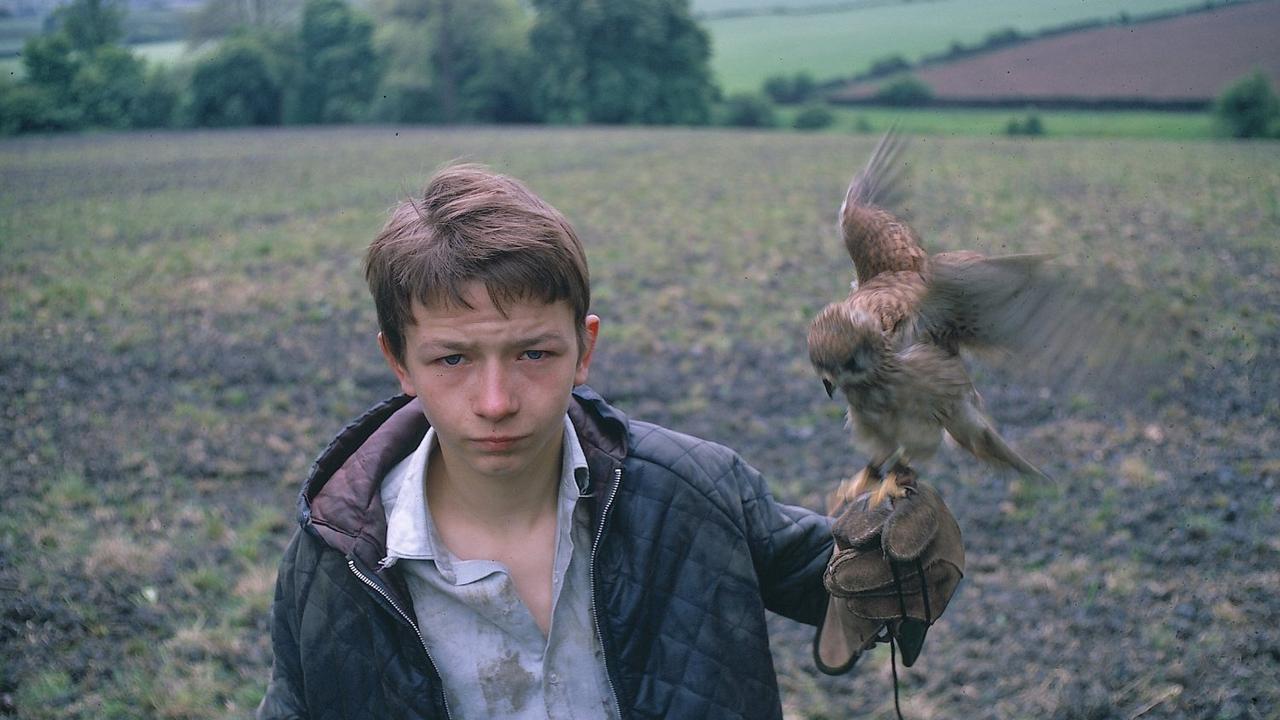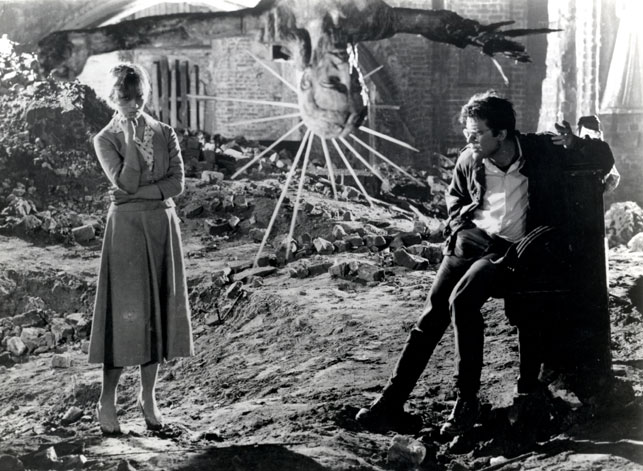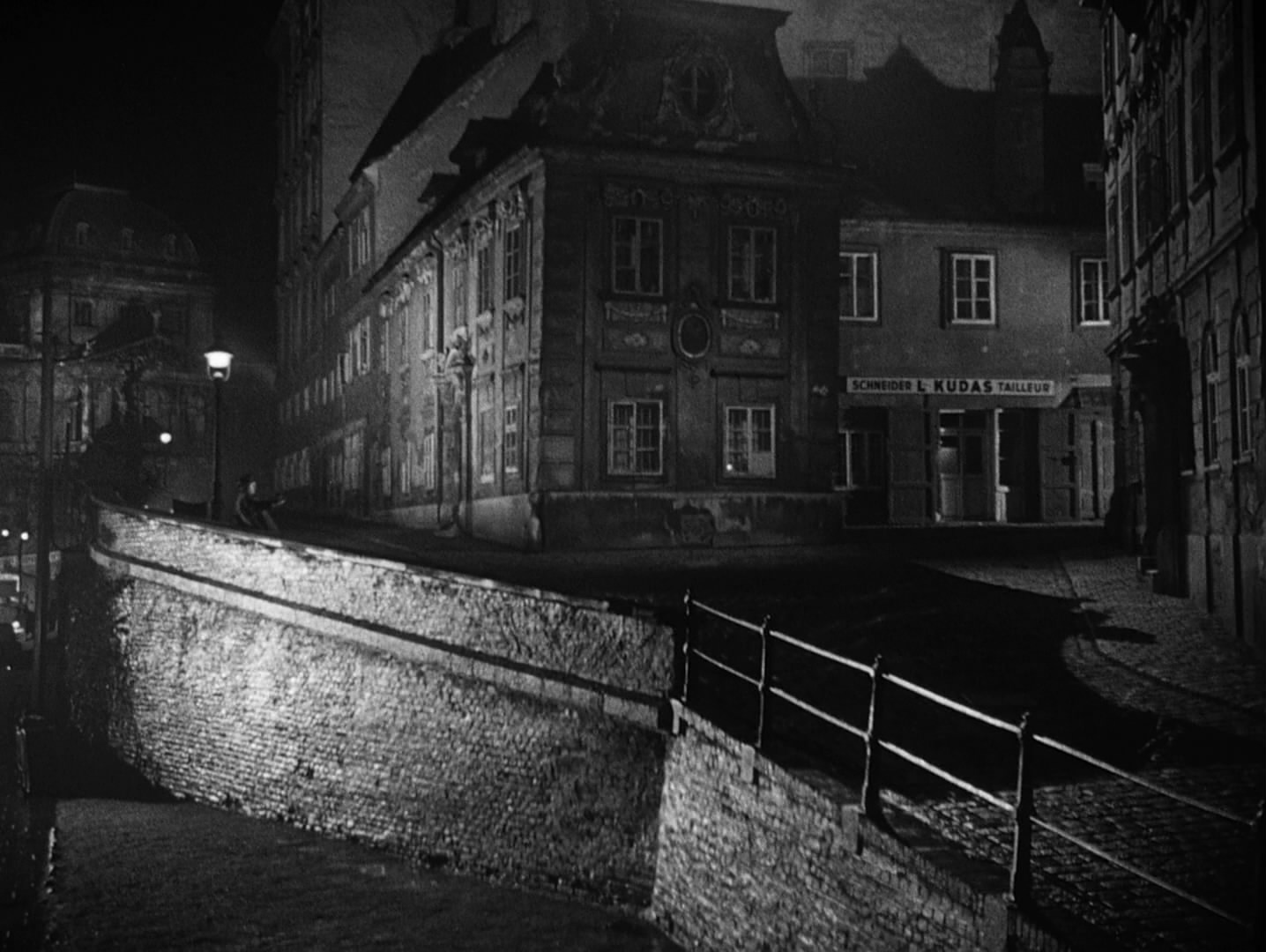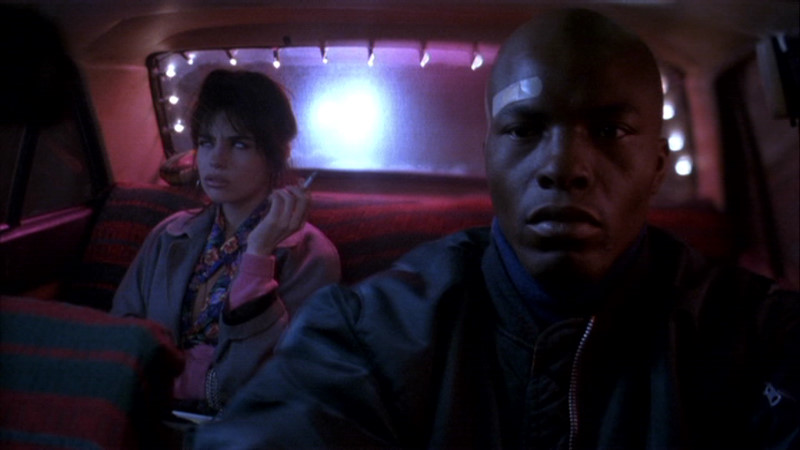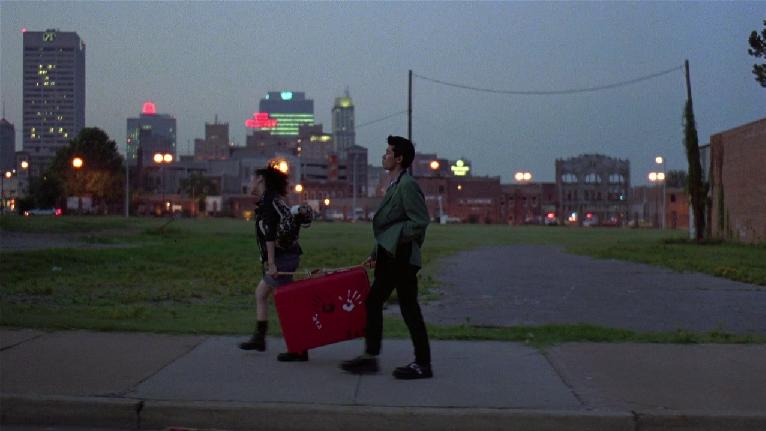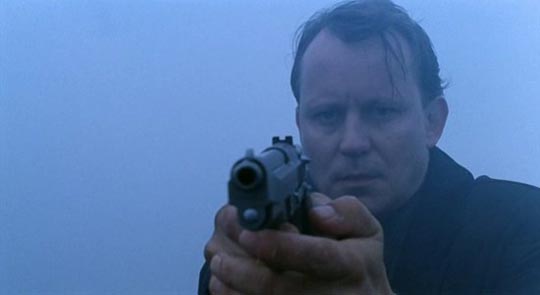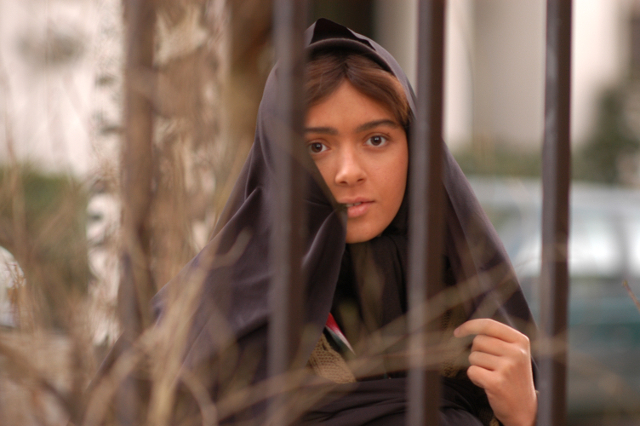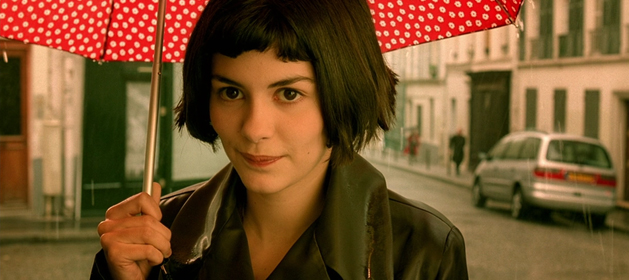11. Kes (Ken Loach, 1969): mining areas of Yorkshire
The initial scene of Kes, says it all. Two sleeping figures on the same bed. After hearing the alarm clock, they start a vague childish conversation. They start their day, fighting in sleepy voices. One has a more masculine voice while the other, who sounds quite odd, has a harsh feminine voice.
Only after switching on the light, we do actually realize that the characters introduced in total darkness are actually two brothers. The one with the feminine voice is a teenager (Casper) while the other man is the older brother (Jud), a mine worker.
Finding a falcon (Kes) and learning to train and feed him, ushers Casper into a totally different landscape. It is the opposite of the urban, sad aspect of his everyday life. Training Kes in an isolated plain means finding a way out the urban life’s misery. He passes his time, trying to communicate nonverbally with another loner creature, similar to himself. He simply about school, where even the teachers are bullies and his mother who is secretly dating another man.
Sadly, this sweet distraction doesn’t last, as his angry brother breaks the falcon’s neck and throws the corpse in a trash bin as a payback for the money Casper spends on a portion of fish and chips instead of placing bets on horses.
12. Ashes and Diamonds (Andrzej Wajda, 1958): small unnamed Polish town
Maciek wears sunglasses almost all the time as he’s been living underground for so long that he can’t bear facing the light anymore. Diamonds and Ashes mostly takes place inside, although the presence of the town outside is palpable. The city outside of the hotel is a sort of ruin. All the external locations are anonymous and neutral. It is set on the day that Germany officially surrendered, ending World War II in Europe.
The presence of ceilings, which in almost all cases seem to be low and oppressing, conceptually assists in the representation of an oppressed, wounded society. During that night the events of the film transpire, the characters dance, drink and pretend to be happy but the constant reminders of the town outside recalls what is really out in the world. In almost all interior shots the ceiling is visible.
If it’s not (such as when the camera is looking down at Maciek and the barmaid Krystyna lying down beside one another) the heavy presence of the ceiling is referenced by the muffled sound of footsteps on the upper floor. In some cases, as when Maciek and Krystyna take a walk in the ruins of a church, which doesn’t have a ceiling anymore, the upside-down figure of Jesus draws the limiting line over their heads, acting as an oppressive ceiling.
13. The Third Man (Carol Reed, 1949): Vienna
This is the same city, Vienna, which in Before Sunrise (Richard Linklater, 1995) seems to be the most gentle, artistic city of the world, only that film is set in another period. This film concerns an occupied Vienna with the sculptures of famous musicians and ancient buildings standing in what is practically a ruin.
What turns Vienna to a perfect setting for The Third Man is this question of time. Baroque architectures, sewers, dimly lit locations and dark streets, the use of low key lighting, shadows and Dutch tilted angles in almost every composition are representative of the Vienna of that era.
14. Night on Earth (Jim Jarmusch, 1991): Los Angeles, Paris, New York, Rome, Helsinki
Transporting the spectator in a car or a train into various locales is Jarmusch’s style of storytelling. The characters are travelling on the same mediums with the spectator, exploring various cities (the narrative ambient of that very story) by passing through them.
Night on Earth is about five cities at night time, when it is possible to make the superficial aspects of a city disappear, which brings out the cities real face instead. The episodes are in chronological order and are all taking place during the same night.
What is interesting and effective about scenes in the car is the fact that a car happens to be a device for external use while providing a roof over the characters heads. It’s a location in between, an external location pretending to be internal. Conceptually it can be an indication of intimacy taking place outside in public.
The fact that these cars are taxis provides a great opportunity to emphasize the encounter of two characters who have different back stories. They’re heading to some destination but what is important for Jarmusch in this film is just this brief time in the car. These two people are aware that they will never meet again, yet try to communicate.
15. Mystery Train (Jim Jarmusch, 1989): Memphis
The main characters of the first episode are from Yokohama and they know little English except for Memphis and “matches”. Names including Johnny Cash, Jerry Lee Lewis and Elvis Presley have taken them all way from Japan to Tennessee. They stride along the isolated streets of Memphis,with its abandoned cinemas, empty shops and long bricked walls, still believing in the rock and roll dream.
Memphis in Mystery Train is a ghost town and the people who are passing through are practically ghosts as well. They’re inventing stories about the ghost of Elvis Presley virtually the whole time. Each episode is connected to the others through sound. Often one diegetic sound in one episode is used as an extra-diegetic sound in the other.
The visual reference of the sound is previously shown. Then by hearing it without its visual reference the temporal and spatial situation of the stories can be spotted. All three episodes are parallel stories, taking place during the same night.
A temporary residential location, a hotel in this case, is the location that connects all three episodes. Again a train unites the narrative time frame and the conceptual motif repeated in all Jarmusch films shows up. This is alienation and the achieving of the sense of isolation by using characters who do not belong to the describe native environment.
16. Insomnia (Erik Skjoldbjærg, 1997): Tromsø, above the Arctic Circle
The setting of Insomnia is the film’s most essential narrative element. The dissolving of the line between protagonist and antagonist is the main narrative theme of the film. The viewer can’t easily decide if the antihero main character of the film (Jonas, played by Stellan Skarsgard) is worth sympathy let alone empathy.
The six months of daytime is working as a marker of the conscience of a character who initially doesn’t sleep well because of the constant piercing light. Later the reason for his insomnia turns into something else. The isolated geography of Tromsø leads to visual abstraction and then symbolism which is conceptually perfect for the film.
The locale and geography of Insomnia, takes the out of the usual known form of film noir. The characters are relative to the environment with pale eyebrows and pale faces which read as being expressionless, facilitating the consequences of a tormenting situation.
17. Fireworks Wednesday (Asghar Farhadi, 2006): Tehran
Fireworks Wednesday is an Iranian traditional feast taking place on the last Tuesday night of the year when people make bonfires and speak to them. They ask the fire to give them its red color and accept the yellow in return (yellow is a symbol of sickness and all the unwanted incidents of the past year). Gradually this feast has been transformed to something else.
Now the last Tuesday of the year in overcrowded Tehran is quite scary. The sudden sounds of fireworks have left no sign of the poetic act of having a conversation with fire.
The story is told through the eyes of an outsider, Rouhi (Taraneh Alidoosti), who is sent by an agency to cleaning up an apartment where the broken window and desperate emotional state of the landlady testifies to the occurrence of a recent fight between a couple.
On this Tuesday, the story of Farhadi is taking place in Tehran, from the morning until late at night. The city during that day is functioning in a transformed sphere. This is a city where people are living their daily normal lives when, for one day, events turn terrifying and mysterious. Not even the residents recognize their city. The same thing happens with the other characters.
The narrative roles of the characters are changeable and fluid as they swap places. At one point the narrative thrust leaves the character of the woman and is passed to a man. Rouhi only later, after finishing her long day work realizes that she’s mistaken in her typing of the people and had in fact helped out the bad guy.
18. Fargo (Coen brothers, 1996): Fargo
There’s not a footprint in site on the plain snowy roads leading to Fargo, which has two meanings. It is snowing all the time or there’s actually no one walking. It seems a perfectly isolated city in which to kill or keep someone hostage without a trace.
That’s probably what the antihero of the story, Jerry (William Macy) presumed before planning the fake kidnapping of his wife. The basic thrust of the screenplay is the conceit of characters swapping roles.
The seven months pregnant police chief, Marge (Frances McDormand) who ought to be the most pessimistic, turns out to be the character who attracts the most sympathy. She is the only character in the film that is absolutely optimistic. She simply doesn’t understand why people lie or kill for money.
While driving the murderer, Gaear (Peter Stormare) in her police car, she keeps talking to him like a kind mother, saying the most trivial things that one might say on such an occasion. She states that money isn’t worth the evil and then strangely claims that “it’s a beautiful day”.
The next shot shows that there’s nothing beautiful about that foggy, snowy, extremely cold landscape but she apparently is seeing something in it. Fargo as a place has an apparently isolated, depressed atmosphere where only a few can note its hidden beauty. It’s a symbol of life.
19. Ameliè (Jean-Pierre Jeunet, 2001) : Paris
Although there is a voice-over narration describing the story from outside, Ameliè has a subjective narrative. It is a personal story about an optimist day dreamer who lets other people dream also.
A garden dwarf travels around the world and sends postcards to his depressed ex-owner. A blind man takes a rapid tour of Paris listening to the voice of a girl describing for him the visual aspects of the city. A man magically retrieves the hidden treasure of his childhood. The city in Ameliè is practically mirroring back the heroine’s personality and her way of seeing that place.
20. Of Time and The City (Terence Davies, 2008): Liverpool
This is an uncommonly poetic documentary about a city. Innovative voice-over narration, reading poetry and brief stories accompanies a collage of scattered cityscape shots in order to create the sense of living in “the” city: Liverpool.
What attracts the spectator most is the subjective approach of this assumed personal narrative. The main aim of the film is not merely giving data or useful information about the city. It’s a subjective approach towards a documentary subject. It’s not even quite that, as every once in awhile the subjective and poetic voice-over narration employs passages from famous names such as James Joyce, Myrbach and Carl Gustav Jung.
Long musical selections and the recorded narrations of real people talking about long ago days accompany the archival visual materials. It is at this point that the spectator realizes that this film is a collective kind of documentary which puts together various subjective approaches towards the same subject.
Author Bio: Maryam Raz is a freelance filmmaker and screenwriter based in Italy. La Mite based on The Gentle Spirit of Dostoyevsky is her most recent work.
